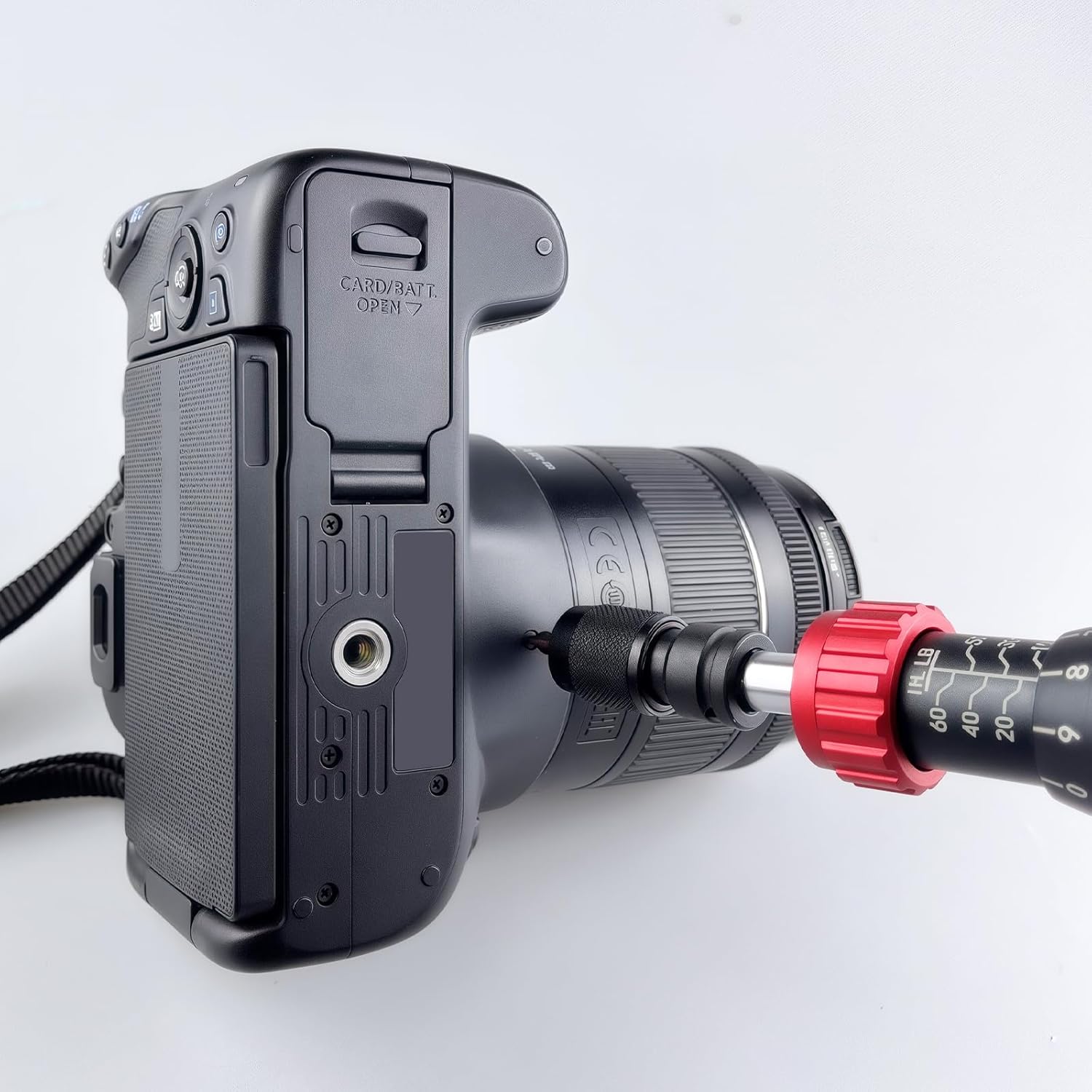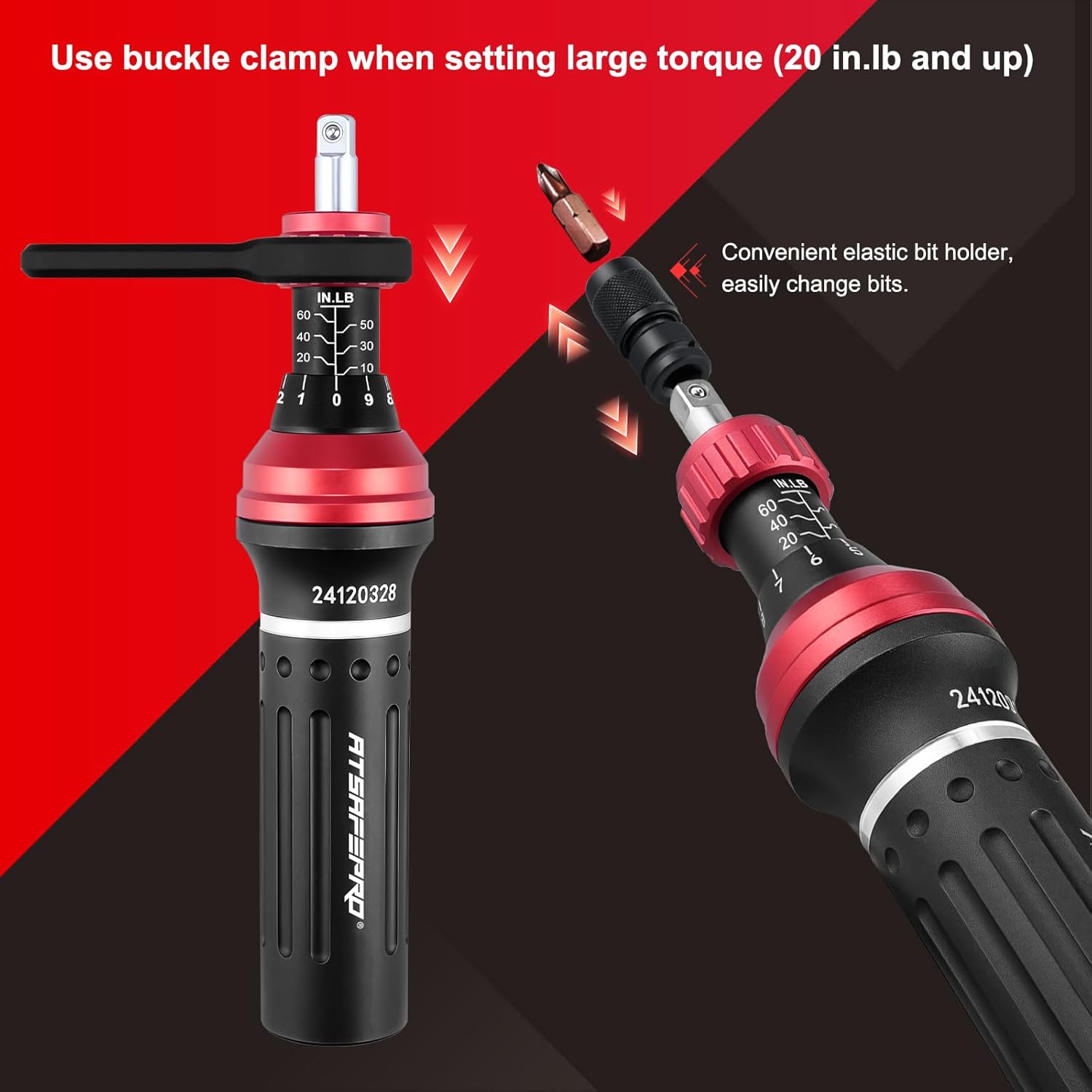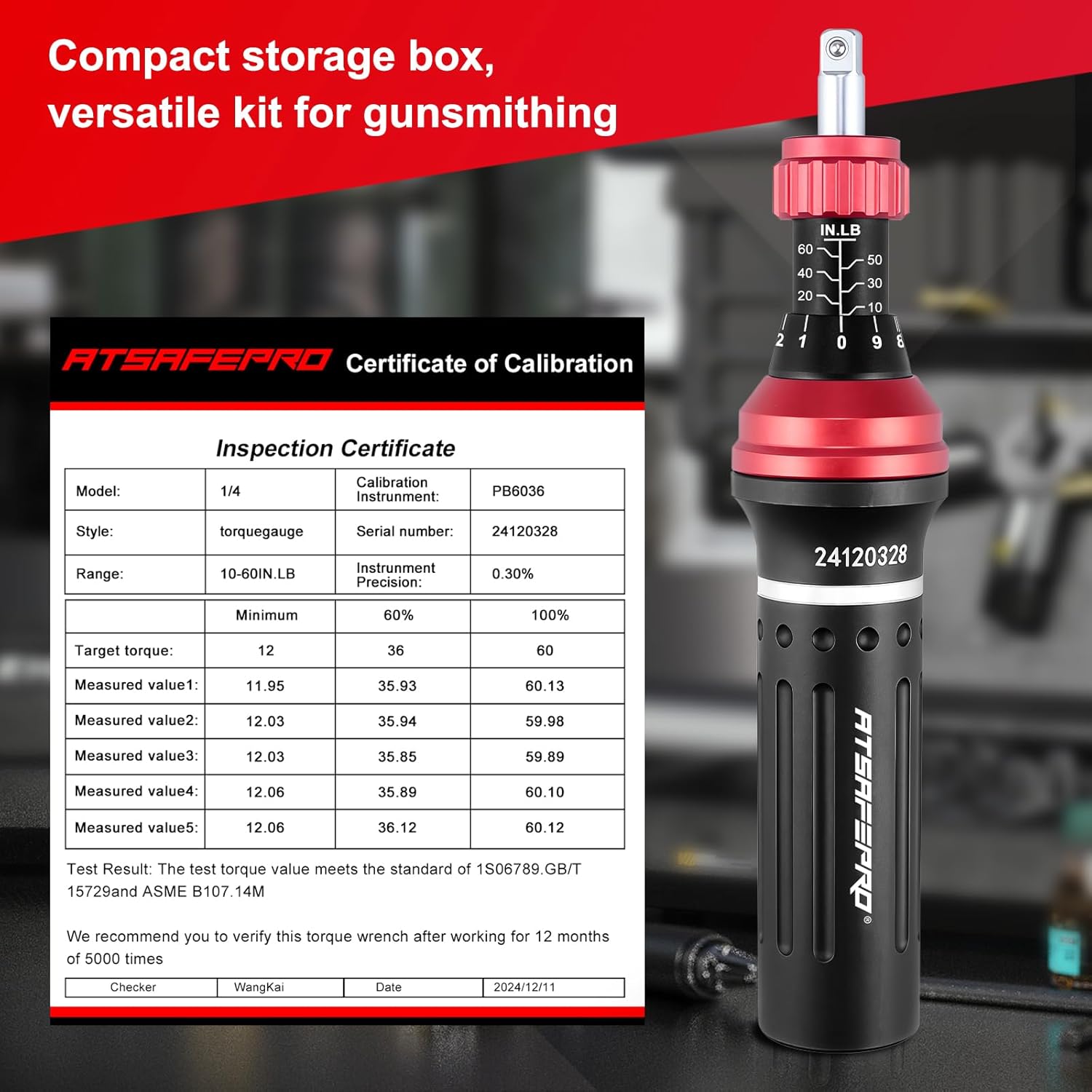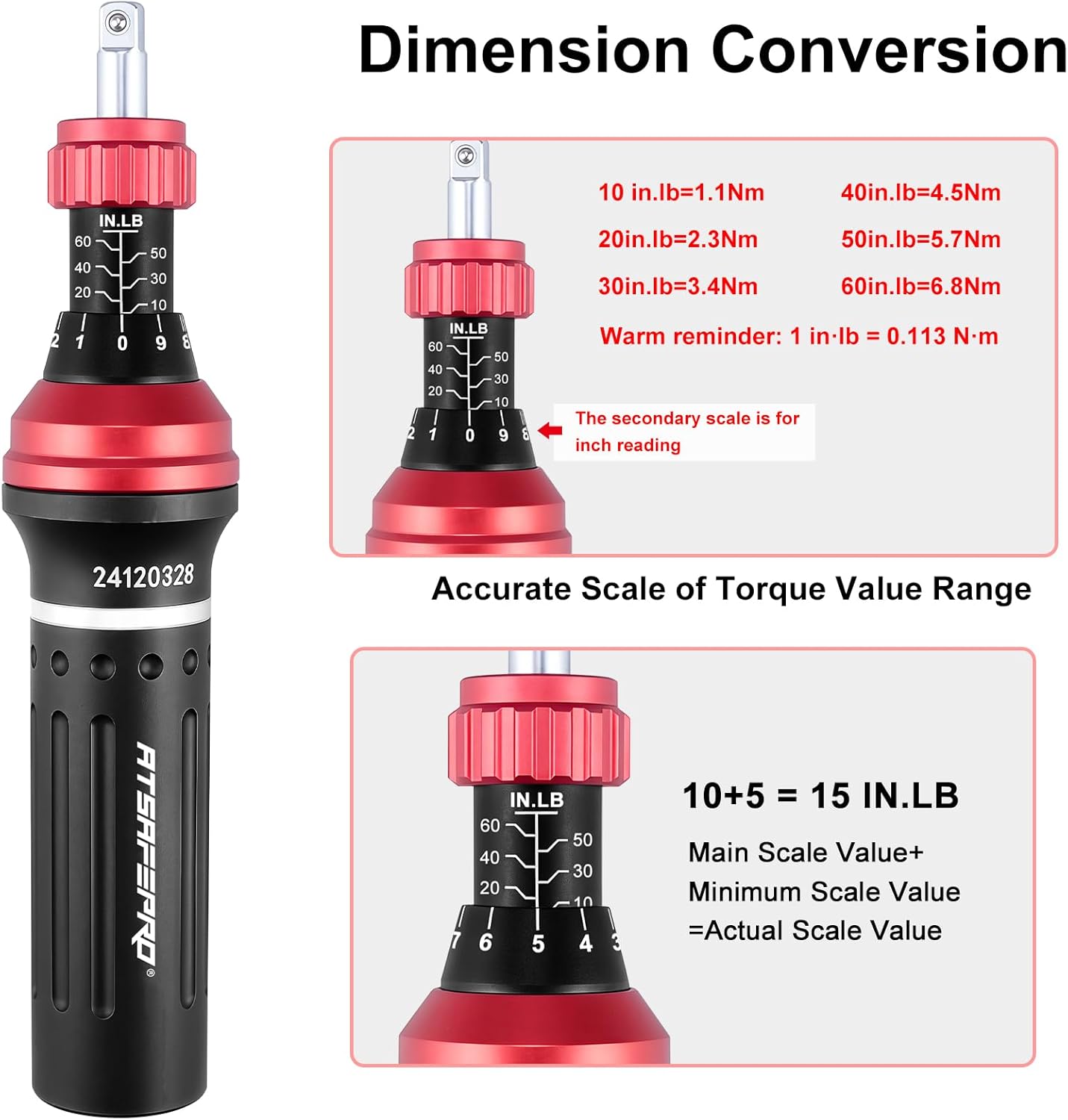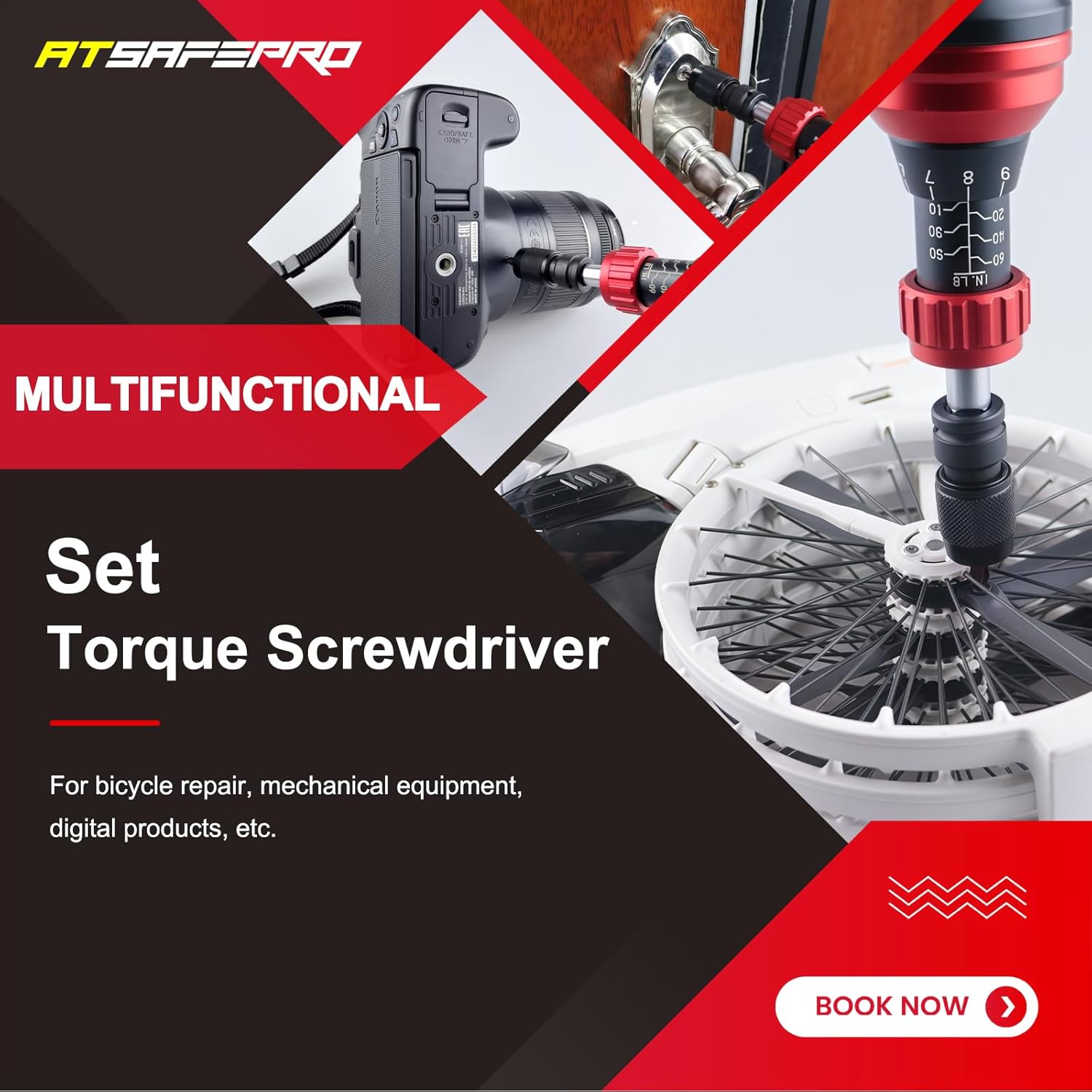
How to Set a Torque Wrench for Professional Accuracy
Why Setting Torque Correctly Matters
In professional service environments, incorrect torque can lead to dangerous failures or costly rework. Over-torquing can strip threads or deform parts, while under-torquing risks component loosening under load. A properly set torque wrench ensures compliance with manufacturer specifications and industry standards such as ISO 6789 and ASME B107.
Step-by-Step: Setting a Click-Type Torque Wrench
-
Check the Specification
Locate the manufacturer’s recommended torque value in Nm, ft-lb, or in-lb. -
Unlock the Handle
Most wrenches feature a locking collar or knob to prevent accidental changes. -
Rotate the Handle
Turn the handle until the main scale matches the desired torque value. -
Fine Adjustment
Use the micrometer scale on the handle for precise settings (e.g., 36 Nm + 0.5 Nm). -
Lock the Setting
Secure the handle to prevent drift during use. -
Confirm Unit Compatibility
Ensure your setting matches the required unit (Nm vs ft-lb).
Why a Torque Wrench Set Improves the Process
When setting a torque wrench, range matters. Using a high-capacity wrench for a low-torque job reduces accuracy and increases the risk of error. An ATSAFEPRO torque wrench set includes multiple wrenches, each optimized for a specific torque range:
-
¼” Drive: 2–25 Nm for precision work (e.g., brake calipers, electronics)
-
⅜” Drive: 20–110 Nm for general automotive assembly
-
½” Drive: 60–300 Nm for heavy-duty fasteners and wheel nuts
By selecting the correct wrench from the set, you keep your target torque within the 20–80% optimal range, ensuring the best accuracy and tool longevity.
Where a Set Pays for Itself: From Shop Floors to Driveways
Workshops & Tire Bays
Rotate through ¼″ / ⅜″ / ½″ drives for calipers, suspension, and wheels without re-setting one wrench all day—faster flow, less drift.
Fleet & Mobile Service
One case handles vans in the morning and Class-8 wheels in the afternoon; standardized tools simplify training and calibration logs.
Industrial Assembly
Dedicated wrenches per station keep each torque zone inside its accuracy sweet spot; digital units add traceability.
Home Garage (serious DIY)
Seasonal wheel changes, brake service, and small engine work: a compact torque wrench set covers 10–200 Nm without over-stretching a single tool.
Motorcycle Enthusiasts
¼″ drive for 6–12 Nm cockpit/cover bolts, ⅜″ for axle pinch and calipers, ½″ reserved for rear axle nuts—no guesswork on aluminum threads.
Cycling & E-bikes
Low-range ¼″ wrench for 3–8 Nm carbon cockpit and seatposts, with hex/Torx bits and extensions for tight frames.
RV/Trailer Owners
Routine lug re-checks after the first 80–160 km and at each fuel stop; the ½″ wrench in the set keeps clamp load consistent across hubs.
Road-trip/Overlanding Kits
Packed case survives dust and vibration; staged checks on suspension hardware reduce failure risk far from service.
Safety and Accuracy Tips
-
Always reset mechanical wrenches to the minimum setting after use
-
Never exceed the tool’s maximum rated capacity
-
Calibrate all wrenches in the set annually or every 5,000 cycles
-
Use a steady, controlled pull until the click is felt—do not jerk the handle
Professional Results with ATSAFEPRO
Setting torque precisely is only half the job—having the right torque wrench for the range is equally important. An ATSAFEPRO torque wrench set gives professional users the flexibility to work across torque specifications without compromising accuracy or speed.
Explore our full range of best torque wrench sets on the ATSAFEPRO product page or visit our homepage for more workshop solutions. For bulk or distributor pricing, contact us today.



